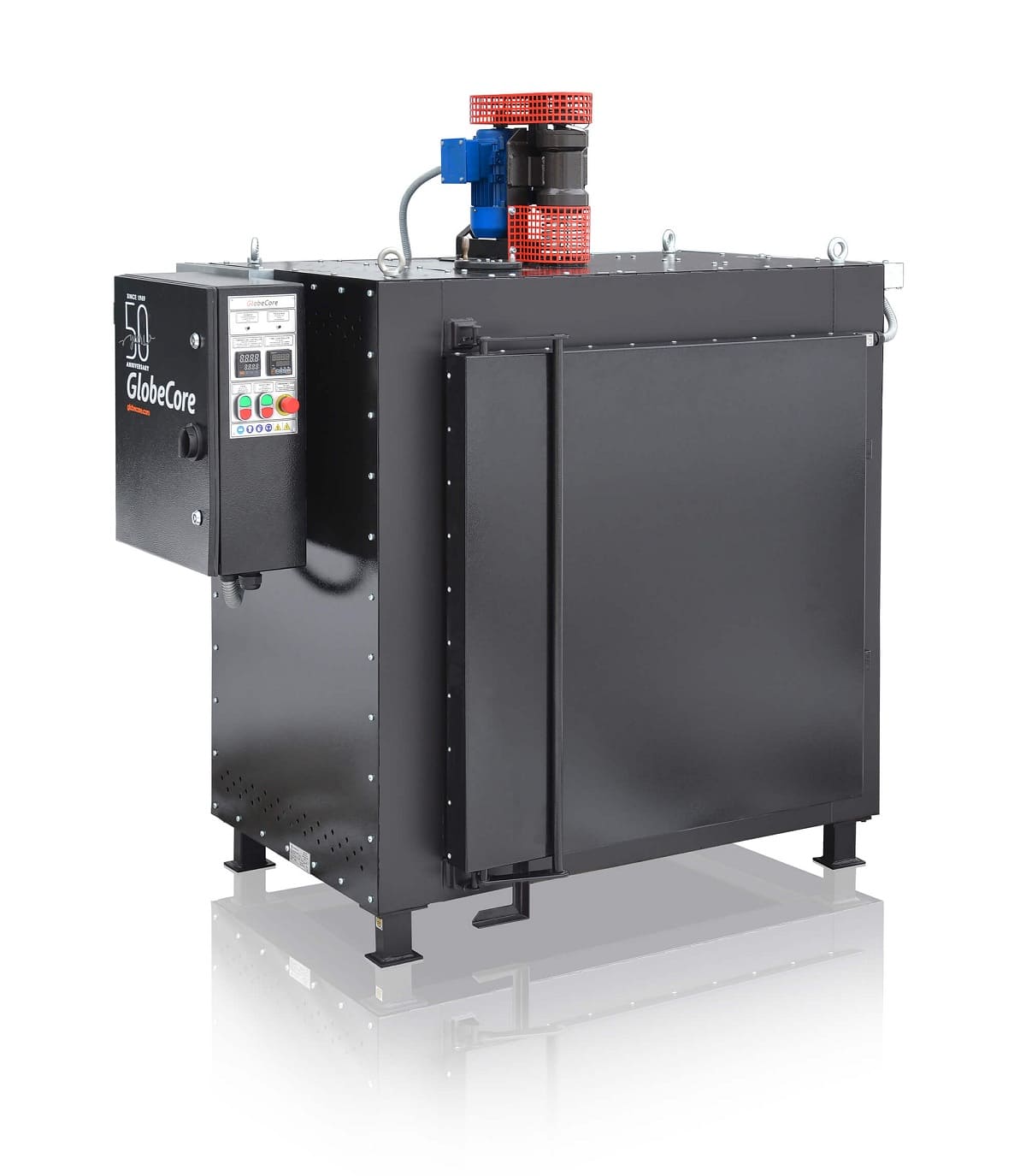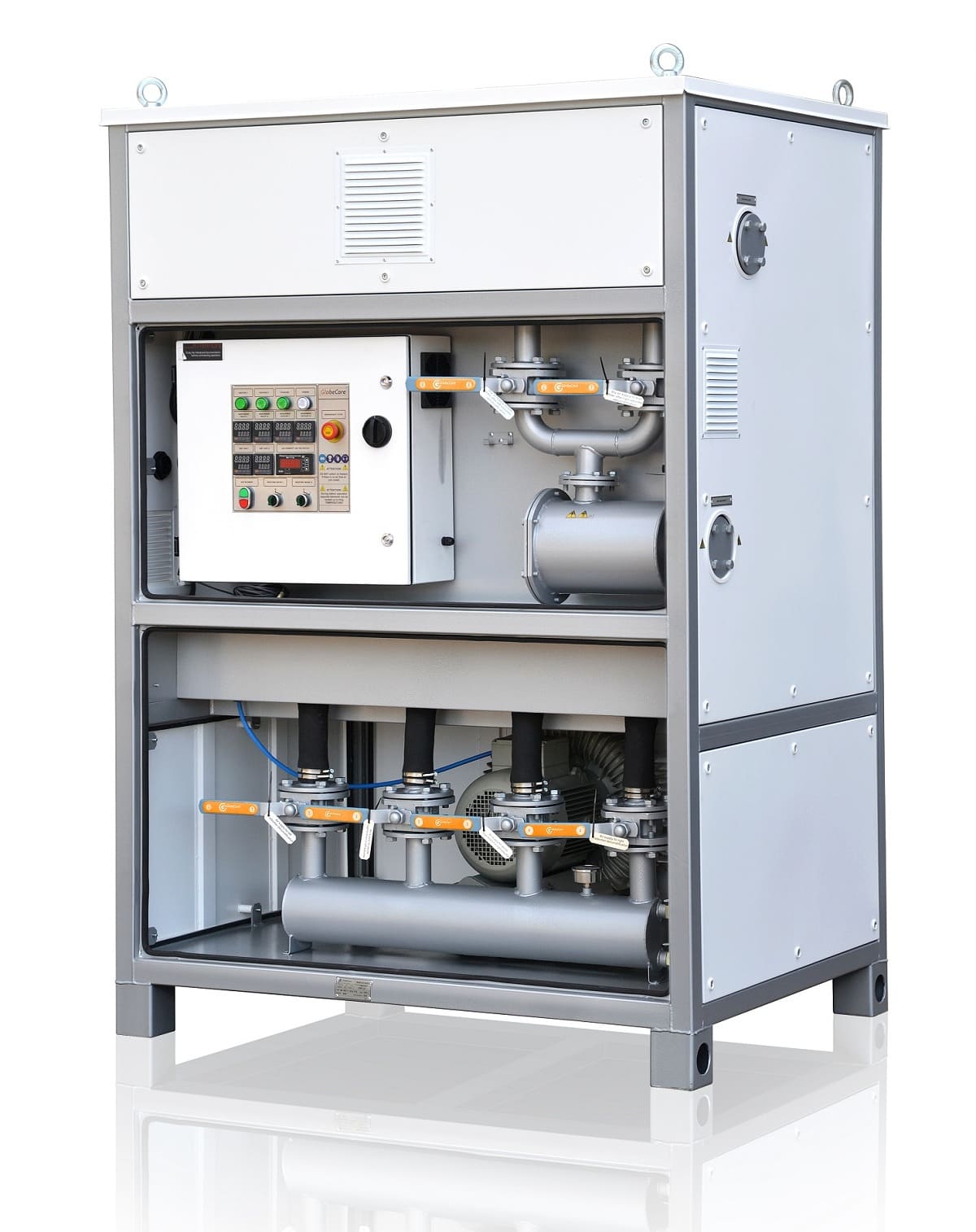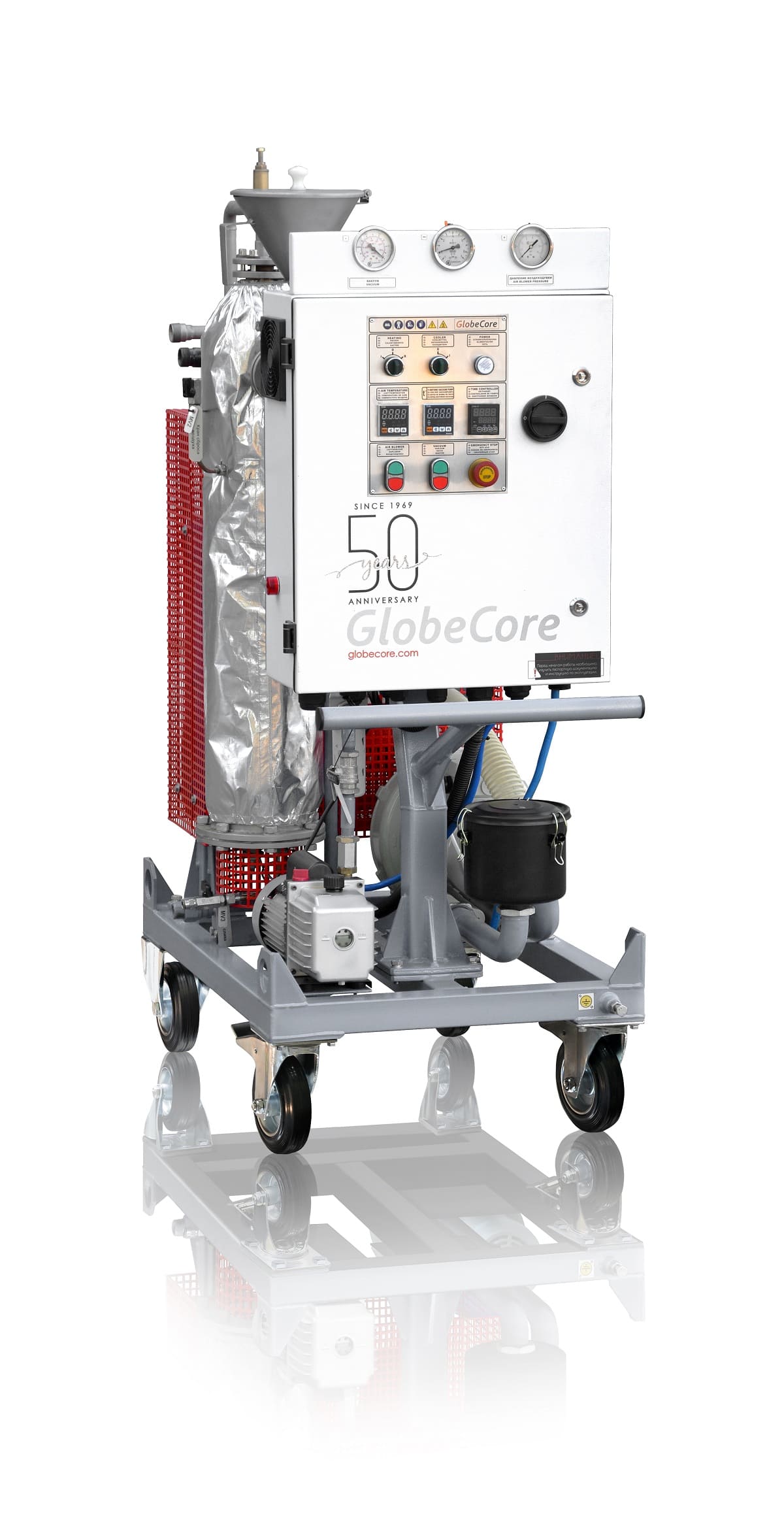How can Drying System Automation for Transformers enhance the efficiency and accuracy of the drying process?
- This topic has 1 reply, 2 voices, and was last updated 1 year, 2 months ago by .
Answers
-
October 7, 2024 at 8:46 am by Linda Jackson
Drying System Automation for Transformers can significantly enhance both the efficiency and accuracy of the drying process by integrating advanced control technologies and real-time monitoring capabilities. Automation allows for precise control of drying parameters such as temperature, airflow rate, and humidity levels, ensuring that the drying process operates within optimal conditions without the need for constant manual adjustments. Real-Time Monitoring systems equipped with sensors provide continuous data on moisture levels, oil temperature, and air quality, enabling the system to make instantaneous adjustments to maintain ideal drying conditions. This level of control minimizes human error, ensuring consistent and reliable moisture removal from transformer oil. Data Logging and Analysis capabilities within automated systems allow for the collection and analysis of operational data, facilitating predictive maintenance and early detection of potential issues before they escalate into significant problems. By automating routine tasks, such as adjusting airflow or temperature settings based on sensor feedback, maintenance personnel can focus on more strategic aspects of transformer upkeep. Additionally, automation improves drying speed and efficiency by optimizing the drying cycle parameters to match the specific needs of each transformer, reducing overall drying time and energy consumption. Energy Management features in automated systems can further enhance efficiency by adjusting operations to minimize energy use during off-peak hours or when full drying capacity is not required. Overall, Drying System Automation for Transformers leads to a more streamlined, accurate, and cost-effective drying process, ensuring that transformers are maintained in optimal condition with reduced downtime and operational costs.



